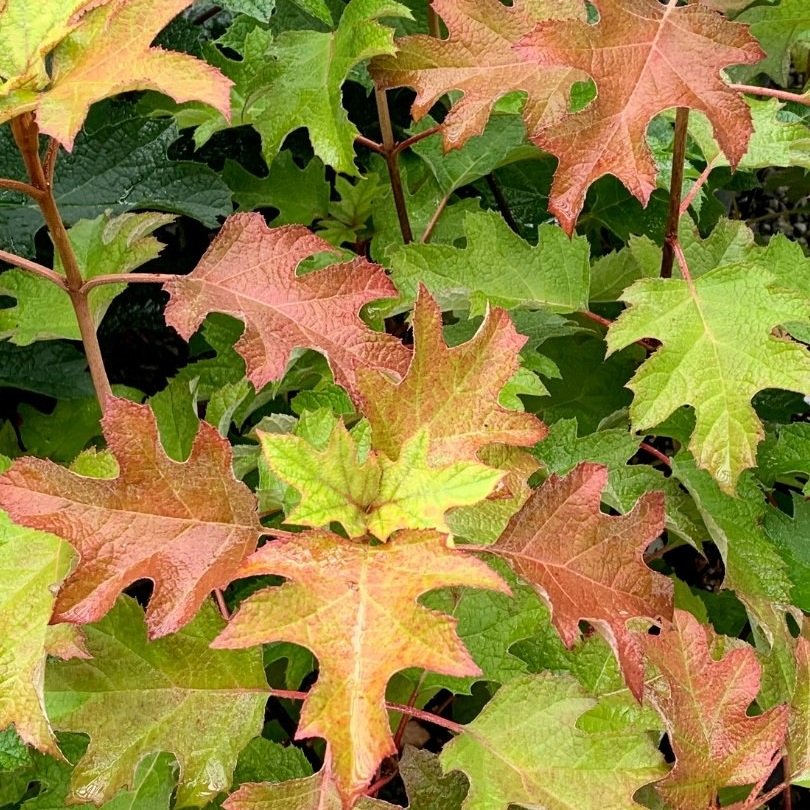Fall Gardening
We are blessed with four distinct seasons in our garden.
Fall is the time when nature puts on a final flourish of colour before going to sleep for the winter.
After a warm summer, fall is the time when nature puts on a final flourish of colour before going to sleep; the pressure is no longer on gardeners to keep things alive with irrigation. The best foliage colour comes after a hot summer, or when an early cool spell has stressed the plants.
Plants that have not received enough water will often begin to colour up early on their own. Fall color starts in September with maples and ends in November with larches and weeping willows—frost and freezing temperatures will stop the coloration process and blacken the leaves.
An early period of fall rain may seem like a blessing to the garden, but it often puts an end to the show for popular summer annuals such as petunias and marigolds; the flowers turn to mush, and the plants do not rebloom. Here, it is best to pull them out and replace with fresh colour such as mums, pansies, or Michaelmas Daisy. Dahlias will continue with their colourful blooms, and other plants such as Beautyberry and Firethorn will begin to show off their colourful berries, too.
Lawns that have been browned from the summer heat will start to green up for the fall and winter. Fertilizer can further encourage green growth and adding lime will help discourage moss growth when the winter rains arrive. If a new lawn is to be planted, seeding by the first of October will create an established lawn going into winter.
Now is an ideal time to resume landscape planting, too. The shorter days and moisture will reduce the stress on new plantings, and warm soil in fall encourages root growth. This allows plants to establish before winter and be ready for a strong start in spring!

